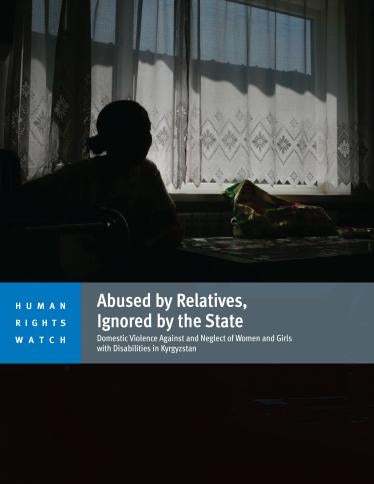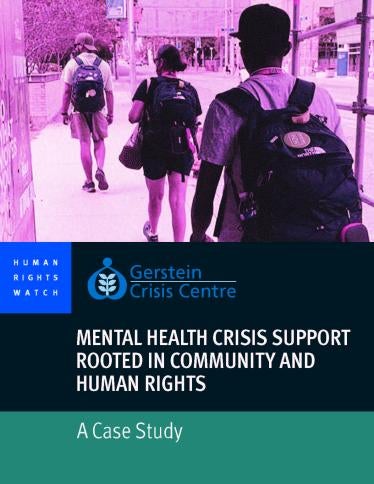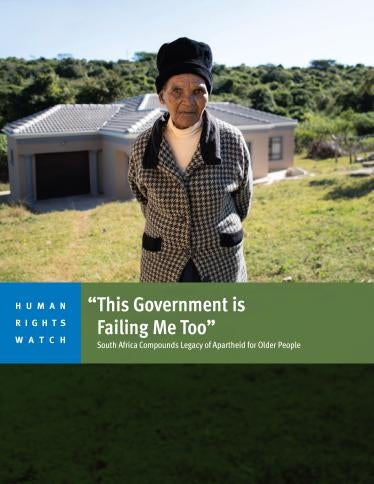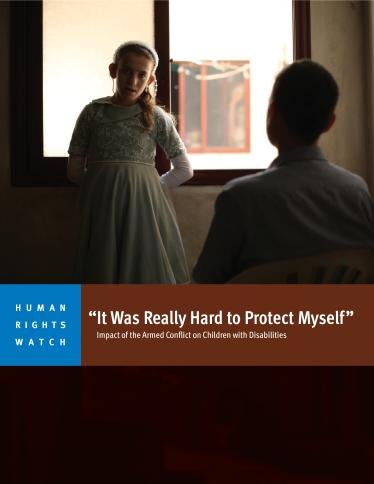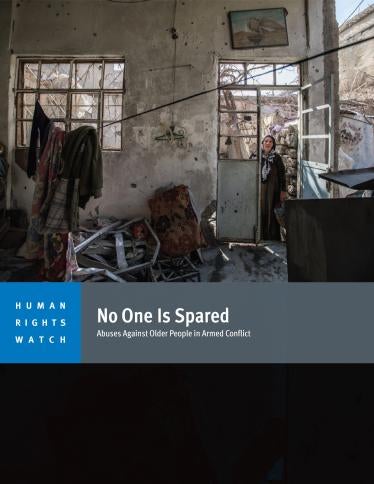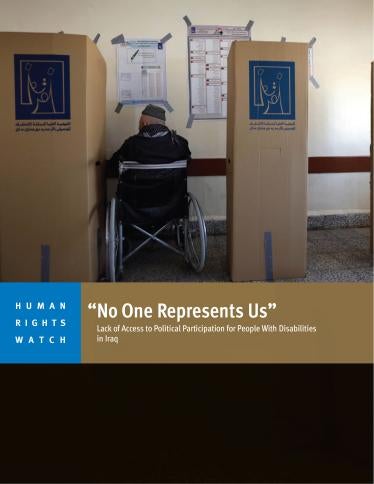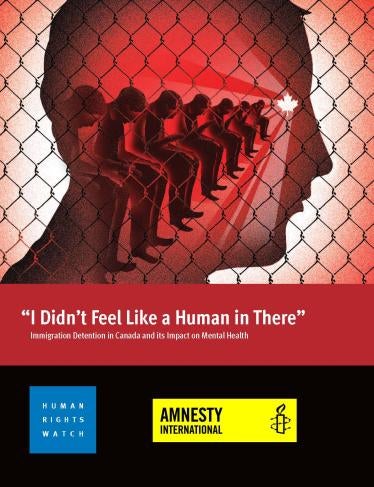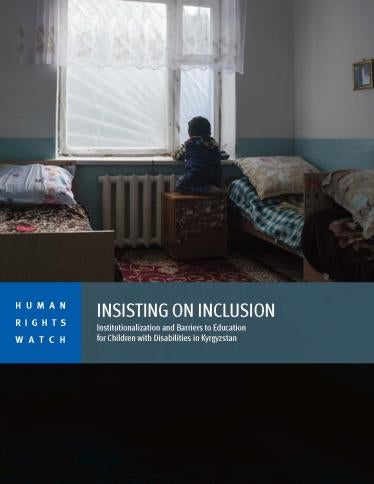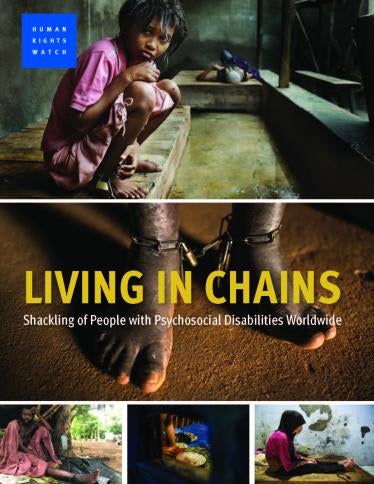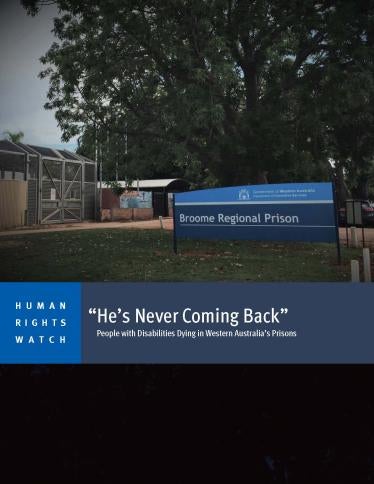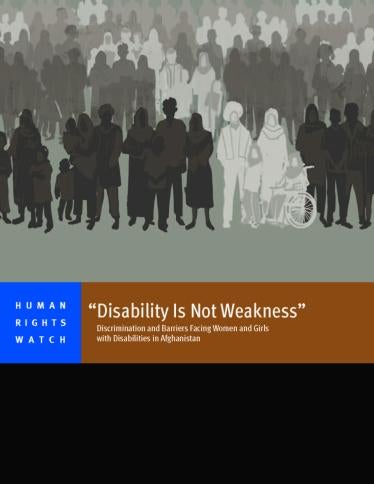Punished For Getting Older
South Korea’s Age-based Policies and Older Workers’ Rights
The 72-page report, “Punished for Getting Older: South Korea’s Age-based Policies and Older Workers’ Rights,” documents how three age-based employment laws and policies – the mandatory retirement age of 60 or older, the “peak wage” system, and re-employment policies – harm older workers, and how inadequate social security programs exacerbate their situation.






